Oil on canvas, old reliningLate 17th – early 18th century
This painting depicts a jovial monk, with a reddened and expressive face, holding in his hand an elegant female shoe in blue silk, a pump type. The contrast between the monastic habit, the unprepossessing but sympathetic face of the monk and the feminine luxury object reinforces the satirical and bawdy character of the scene.
This oil painting belongs to the tradition of “character portraits” and humorous genre scenes, in the tradition of Flemish painters such as Adriaen Brouwer or David Teniers the Younger, but also of German and Austrian painting of the Baroque and Rococo turn.
We can read the anticlerical attitude: The association of a jovial monk and a gallant object mocked the excesses and hypocrisy attributed to the clergy. In the libertine culture of the 17th and 18th centuries, the female shoe, like the garter or stocking, was an erotic sign and an accessory often used in licentious literature and engravings. It evoked the foot, seduction and, by metonymy, female intimacy.
This theme of the religious in possession of a feminine object also appears in satirical tales and licentious novels circulated under the table in France, Spain and Italy. Later, we find the same narrative mechanism in Victor Hugo's Notre-Dame de Paris (1831), when Claude Frollo becomes disturbed by contact with Esmeralda's objects. As here, the feminine object becomes a material sign of impossible pleasure and forbidden desire. The circular format (tondo) suggests a decorative function in a private space. These images, both amusing and provocative, served to provoke smiles and fuel conversations in aristocratic and bourgeois offices or salons.


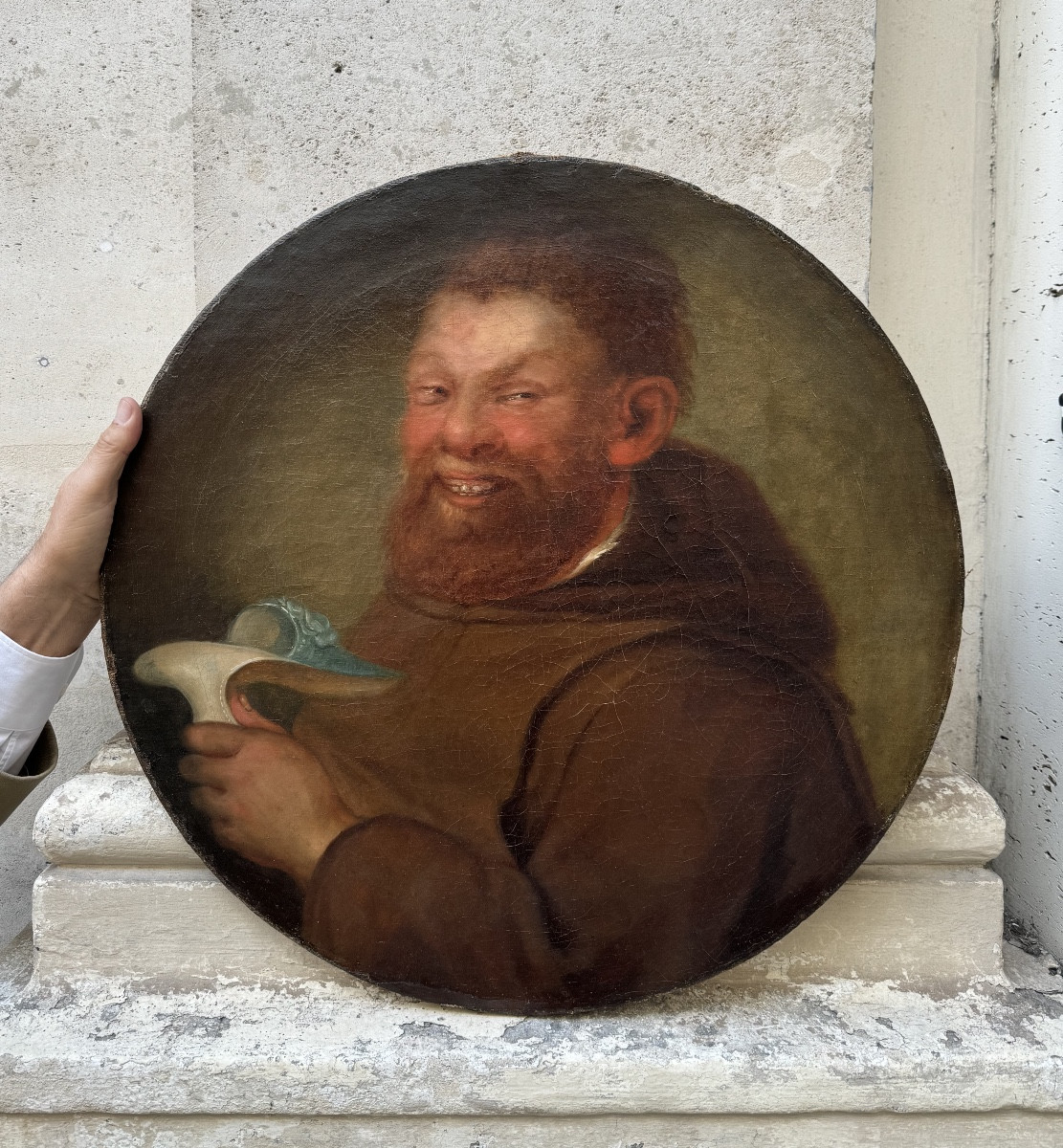
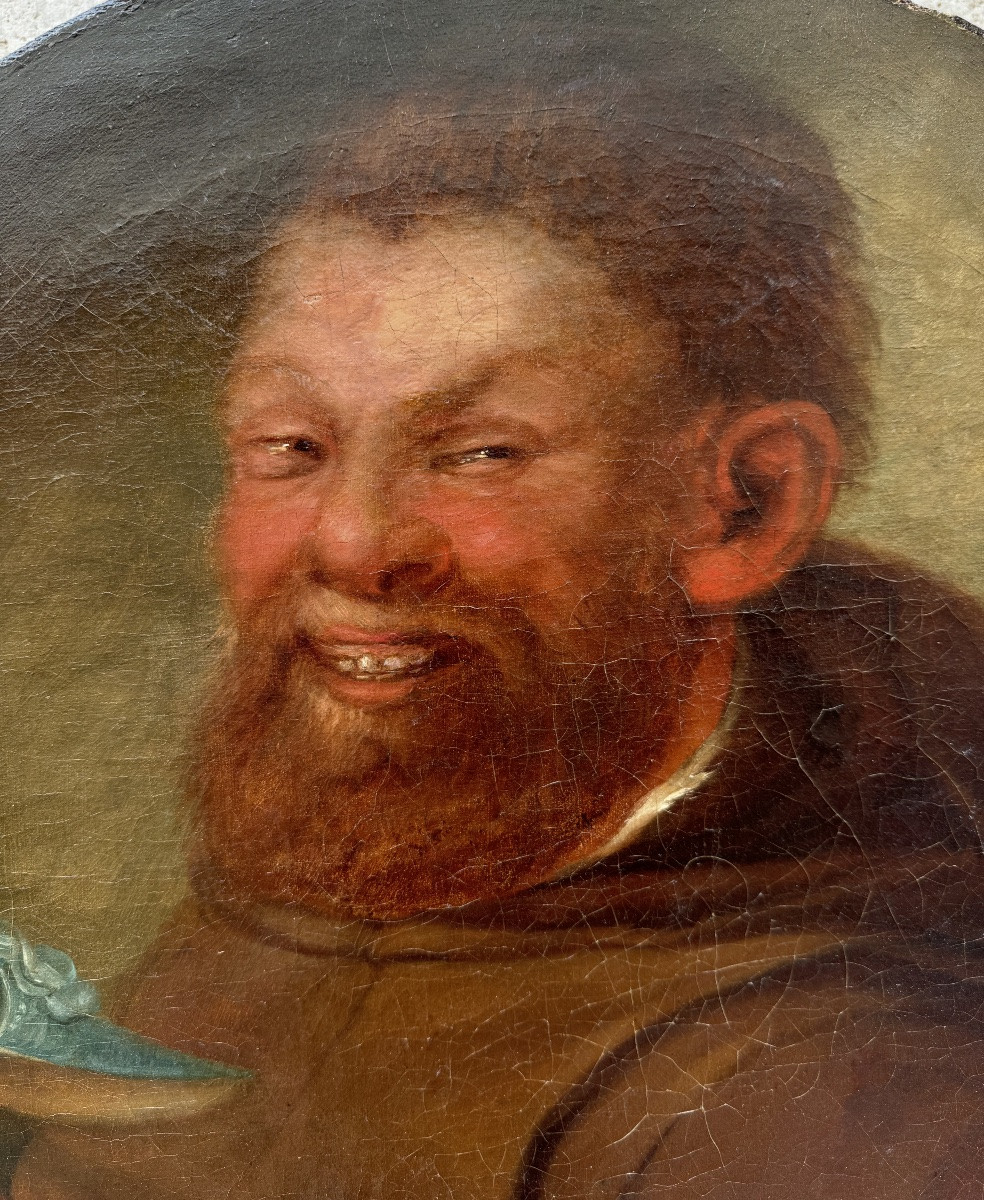
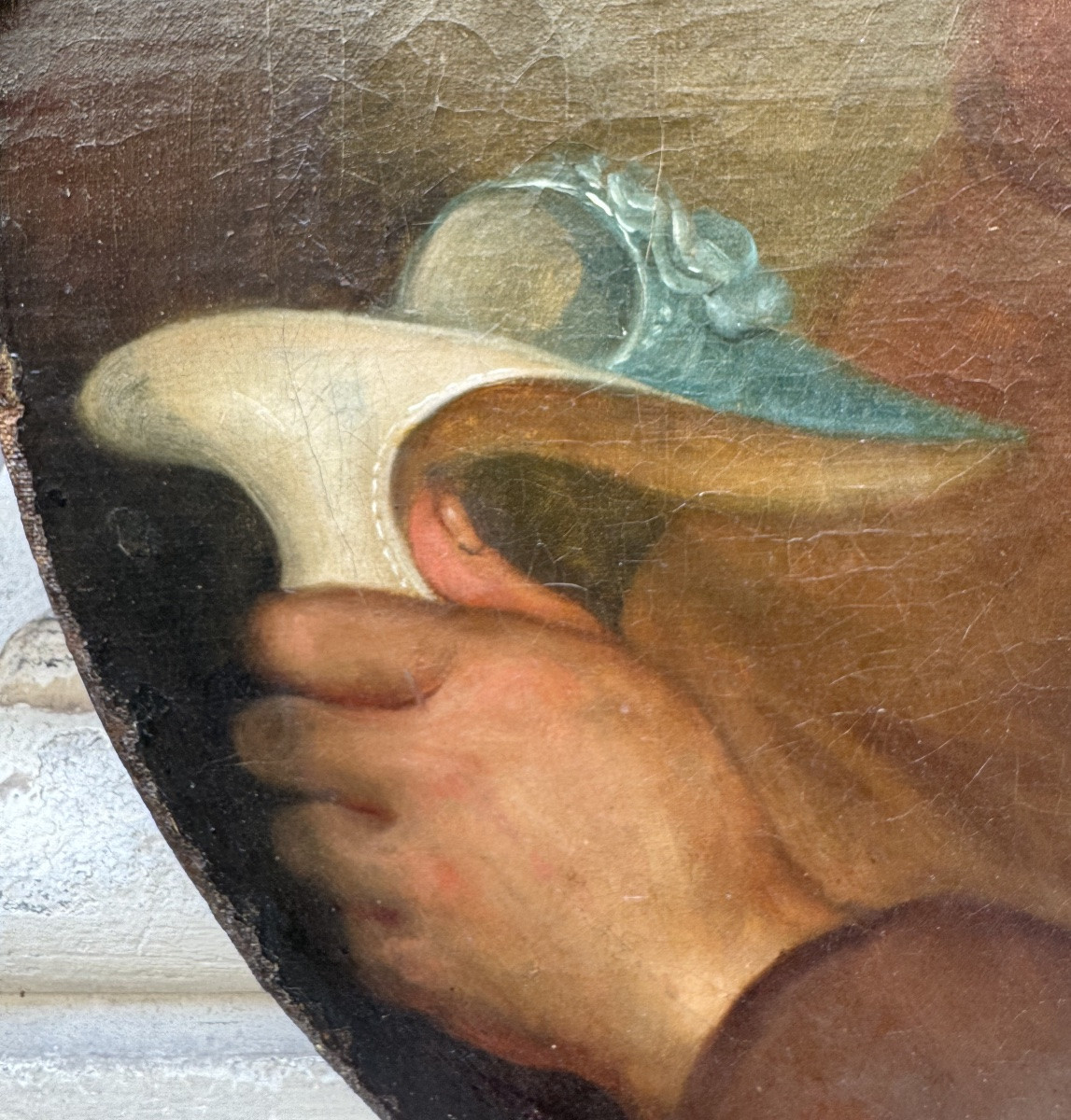
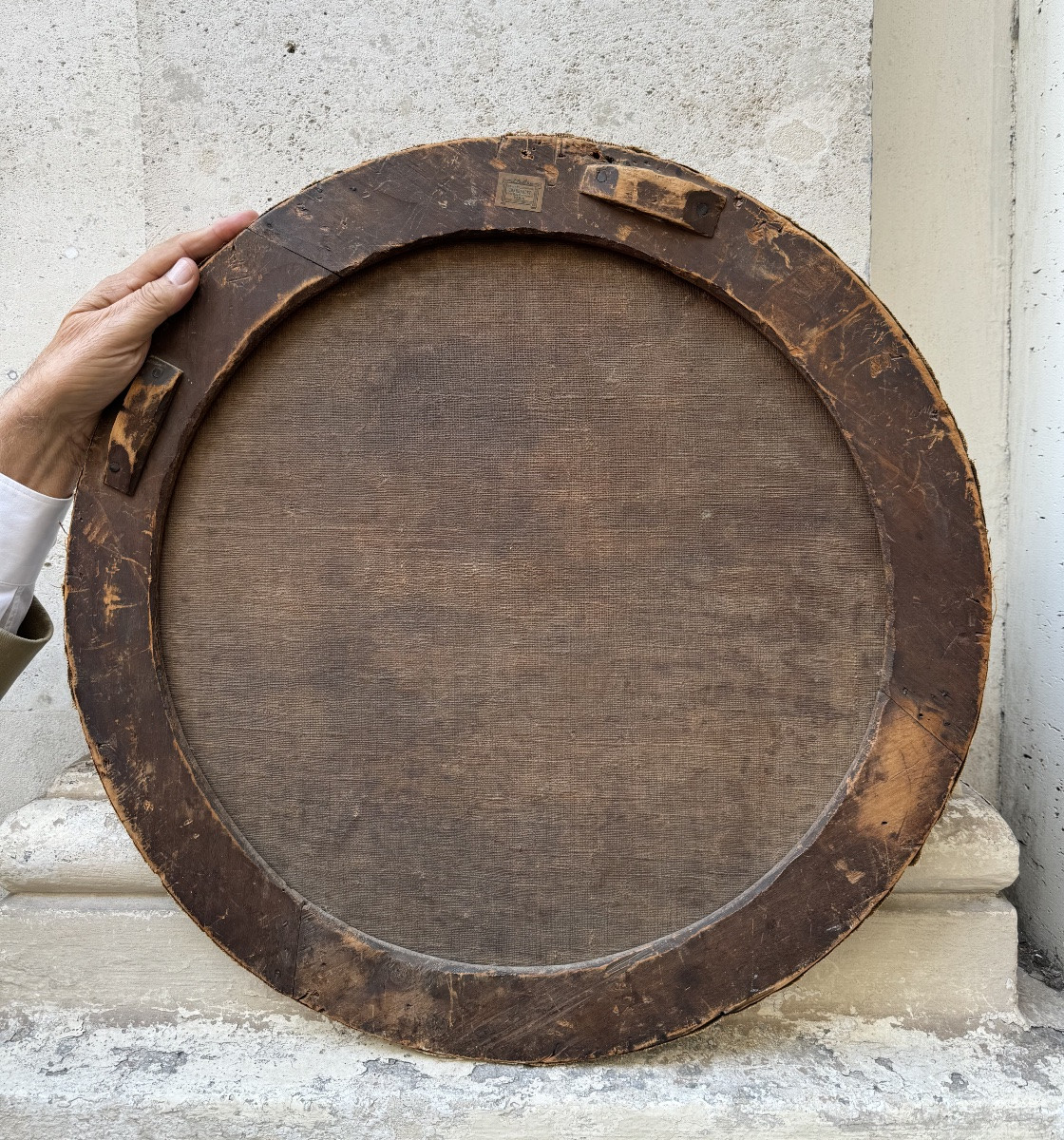





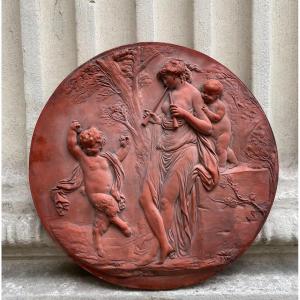
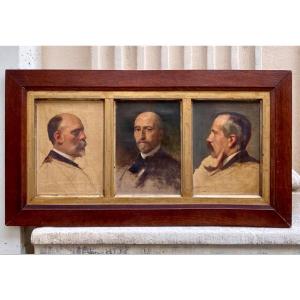

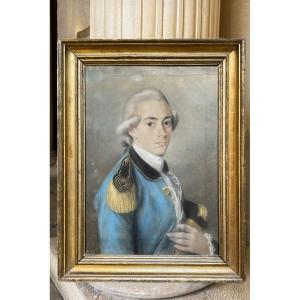


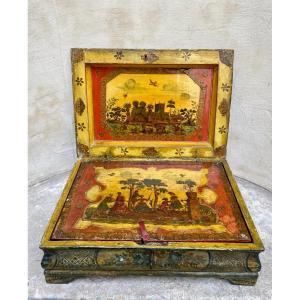






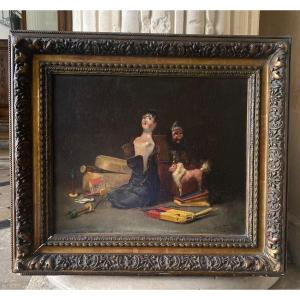
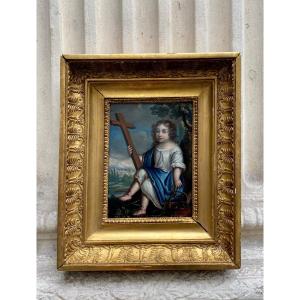


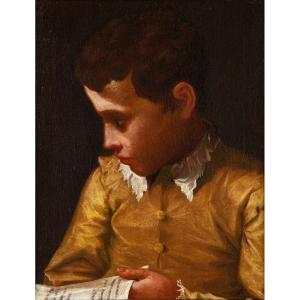





 Le Magazine de PROANTIC
Le Magazine de PROANTIC TRÉSORS Magazine
TRÉSORS Magazine Rivista Artiquariato
Rivista Artiquariato